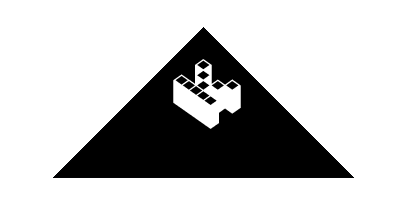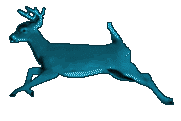Kandinsky, Franz Marc (eds.): Der Blaue Reiter (1912–) [DE, RU, EN]
Filed under book | Tags: · art, art theory, avant-garde, cubism, expressionism, music, music theory
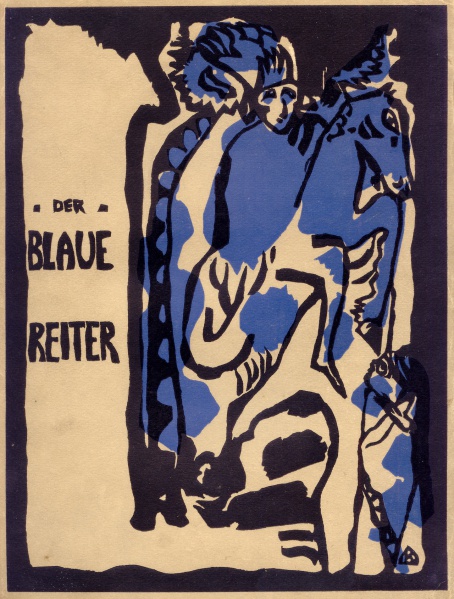
Der Blaue Reiter [The Blue Rider] was initiated in 1911 by the young painters Wassily Kandinsky and Franz Marc and was active until 1914. Conceived in June 1911 and published in Munich in May 1912, Der Blaue Reiter (Almanach) [The Blue Rider Almanac] presented their synthesis of international culture to the European avant-garde at large.
The Almanac was published in an edition of 1100 copies. Its costs were underwritten by the industrialist and art collector Bernhard Koehler, a relative of August Macke. It contained reproductions of more than 140 artworks, and 14 major articles. A second volume was planned, but the start of World War I prevented it. Instead, a second edition of the original was printed in 1914.
The contents of the Almanac included:
* Marc’s essay “Spiritual Treasures,” illustrated with children’s drawings, German woodcuts, Chinese paintings, and Pablo Picasso’s Woman with Mandolin at the Piano
* an article by French critic Roger Allard on Cubism
* Arnold Schönberg’s article “The Relationship to the Text”, and a facsimile of his song “Herzgewächse”
* facsimiles of song settings by Alban Berg and Anton Webern
* Thomas de Hartmann’s essay “Anarchy in Music”
* an article about Alexander Scriabin’s Prometheus: The Poem of Fire
* an article by Erwin von Busse on Robert Delaunay, illustrated with a print of his The Window on the City
* Macke’s essay “Masks”
* Nikolai Kulbin’s essay “Free Music”
* Kandinsky’s essay “On the Question of Form”
* Kandinsky’s “On Stage Composition”
* Kandinsky’s The Yellow Sound.
The art reproduced in the Almanac marked a dramatic turn away from a Eurocentric and conventional orientation. The selection was dominated by primitive, folk, and children’s art, with pieces from the South Pacific and Africa, Japanese drawings, medieval German woodcuts and sculpture, Egyptian puppets, Russian folk art, and Bavarian religious art painted on glass. The five works by Van Gogh, Cézanne, and Gauguin were outnumbered by seven from Henri Rousseau and thirteen from child artists. (from Wikipedia)
Second Edition
With two Forewords by Kandinsky and Franz Marc
Publisher Piper, Munich, 1914
140 pages
via Archive.org
Wikipedia (German)
Der Blaue Reiter (German, 1914, PDF converted from Archive.org’s JP2 scans, w/o blank pages, 43 MB, no OCR, multiple formats)
Siniy vsadnik (Russian, trans. Z.S. Pyshnovskaya, 1996, added on 2018-7-15)
English translation of the Forewords
Listen to Arnold Schönberg’s Herzgewächse (Audio)
Comment (0)Der Sturm (1910–1932) [German]
Filed under magazine | Tags: · abstract art, art, art criticism, art theory, avant-garde, constructivism, cubism, expressionism
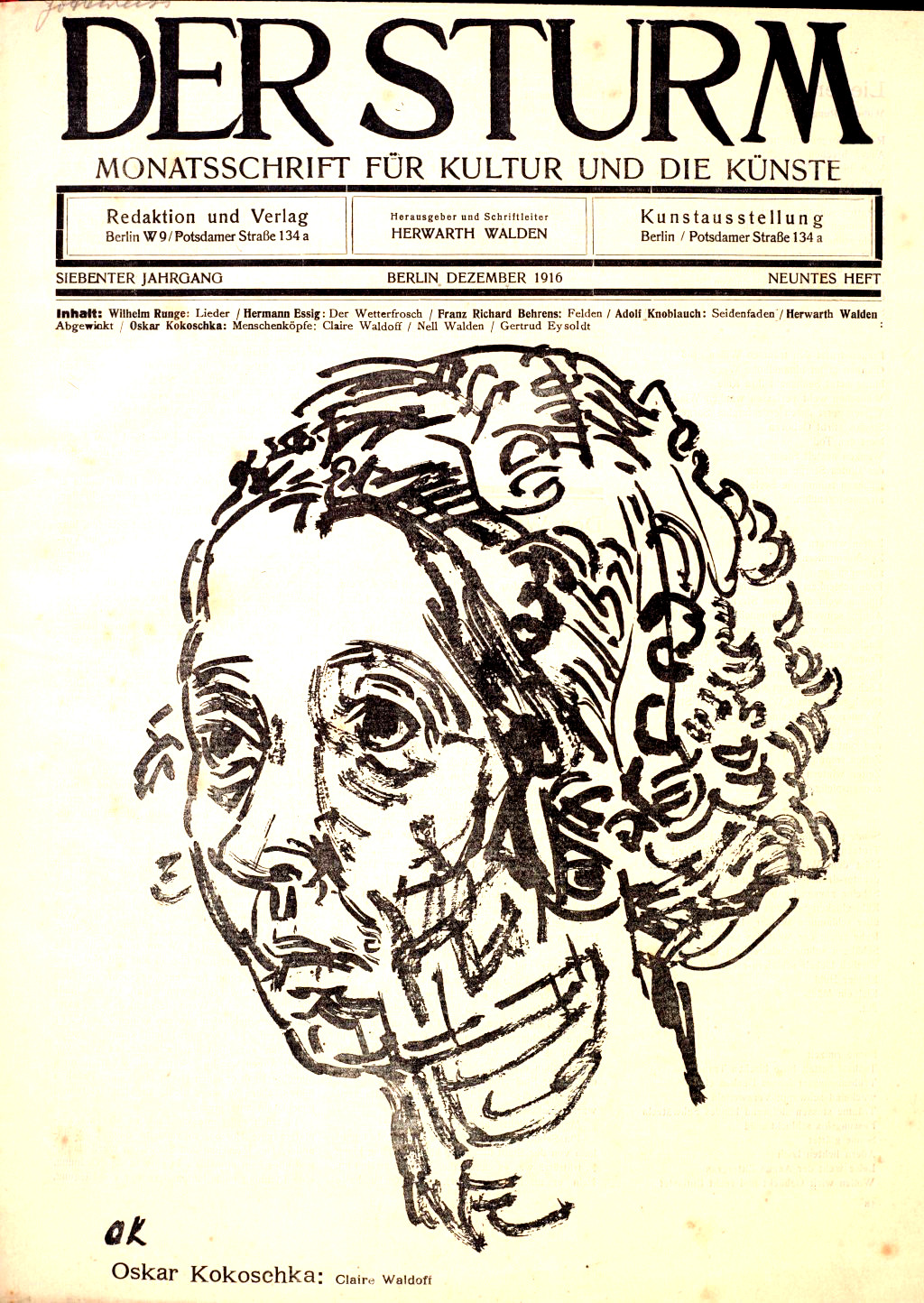
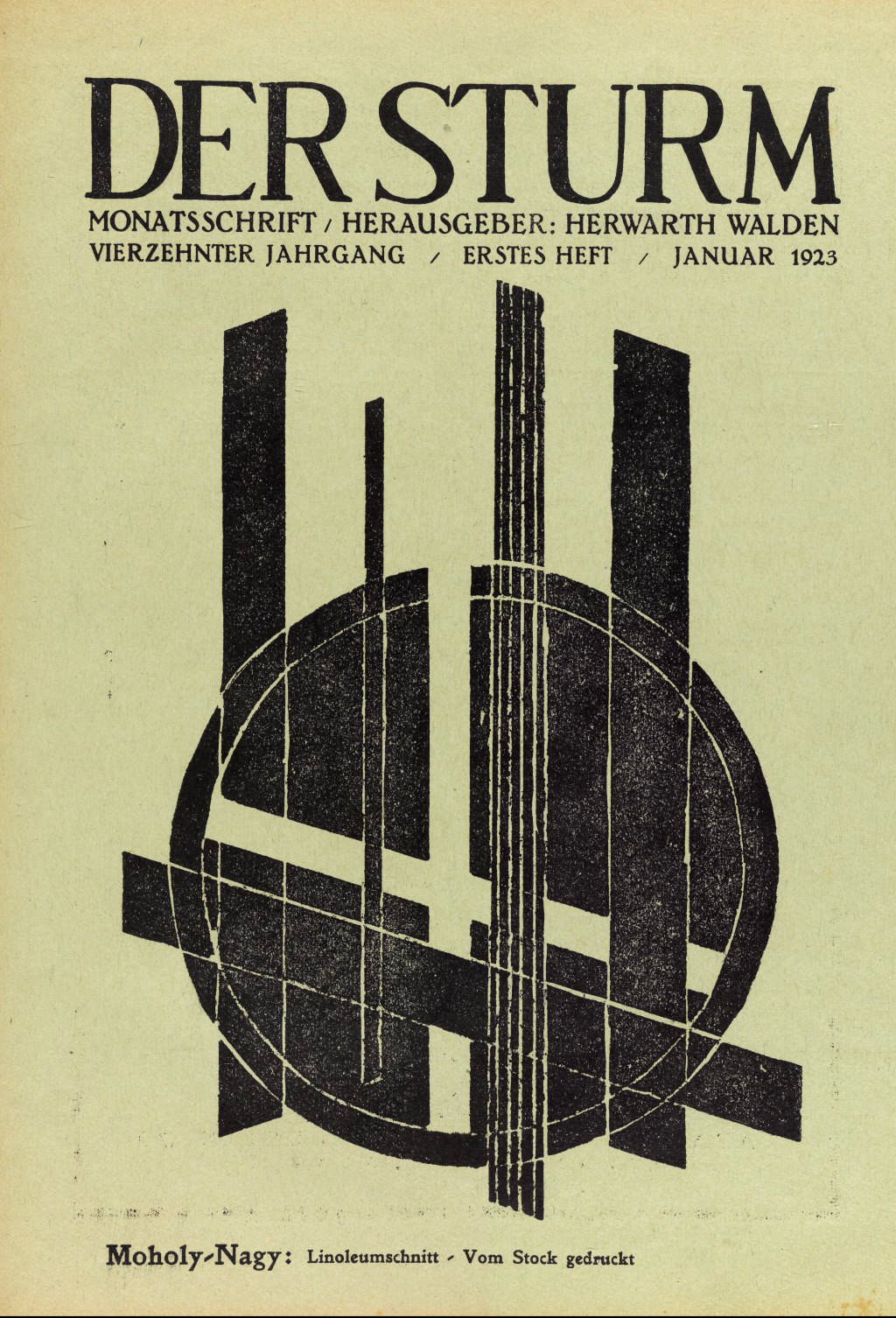
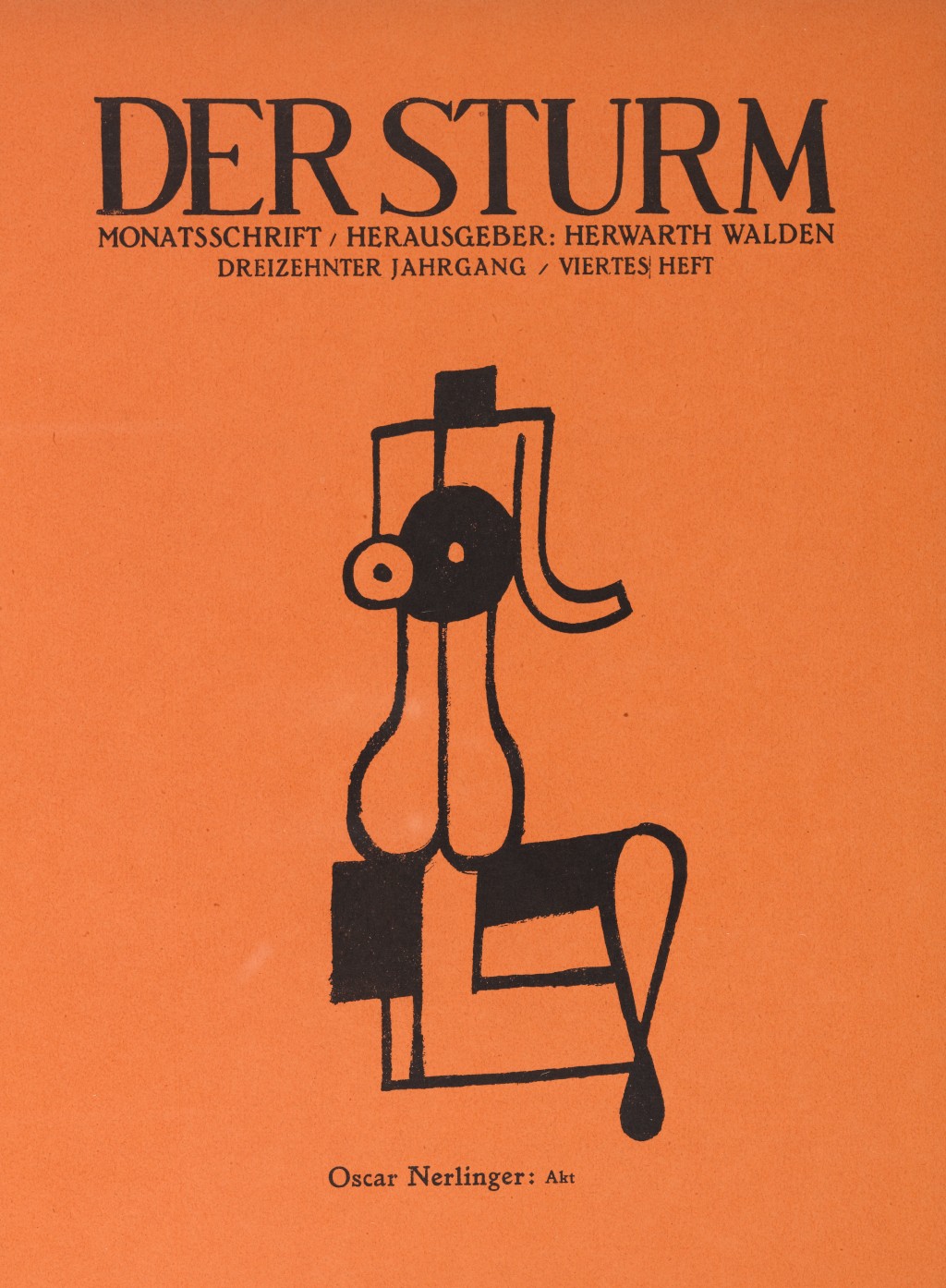
Der Sturm [The Storm] was a magazine covering the expressionism movement founded in Berlin in 1910 by Herwarth Walden. It ran weekly until monthly in 1914, and became a quarterly in 1924 until it ceased publication in 1932.
Among the literary contributors were Peter Altenberg, Max Brod, Richard Dehmel, Alfred Döblin, Anatole France, Knut Hamsun, Arno Holz, Karl Kraus, Selma Lagerlöf, Adolf Loos, Heinrich Mann, Paul Scheerbart, and René Schickele. Der Sturm consisted of pieces such as expressionistic dramas (i.e. from Hermann Essig and August Stramm), artistic portfolios (Oskar Kokoschka), essays from artists (the Kandinsky Album), and theoretical writings on art from Herwarth Walden. The term Sturm was branded by Walden to represent the way in which modern art was penetrating Germany at the time. (from Wikipedia)
View online (all 336 issues with a full-text search, at the Princeton University’s Blue Mountain Project)
Comment (0)Machine-Age Exposition, catalogue (1927)
Filed under catalogue | Tags: · architecture, art, avant-garde, constructivism, cubism, design, industrial design, machine
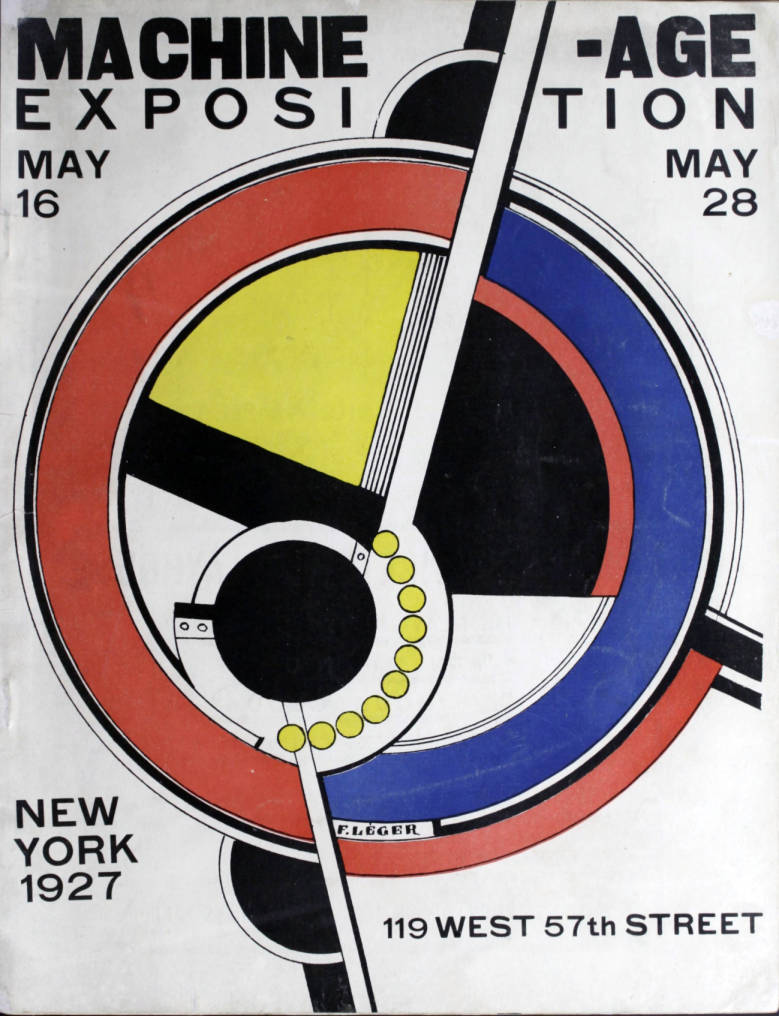

Poster, via Beinecke Rare Book & Manuscript Library
Exhibition catalogue of the Machine-Age Exposition, held on May 16-28, 1927, at 119 West 57th Street in New York, and advertised as the first event bringing together “architecture, engineering, industrial arts and modern art.”
The exhibition was initiated by Jane Heap of The Little Review, a New York literary magazine, and organised along with Société des urbanistes, Brussels; U.S.S.R. Society of Cultural Relations with Foreign Countries; Kunstgewerbeschule, Vienna; Czlonkowie Group Praesens, Warsaw; Architects D.P.L.G, Paris; and Advisory American Section.
The volume contains a panorama of European and American architecture and art, with photo documentation, and following articles: “Foreword: Architecture of this Age” by Hugh Ferriss, “The Aesthetic of the Machine and Mechanical Introspection in Art” by Enrico Prampolini, “Machine and Art” by Alexander Archipenko, “The Americanization of Art” by Louis Lozowick, “French Architecture” by André Lurçat, “Architecture Opens Up Volume” by Szymon Syrkus, “Machine-Age Exposition” by Jane Heap, “The Poetry of Forces” by Mark Turbyfill, and “Modern Glass Construction” by Frederick L. Keppler.
The artists committee of the exhibition included Alexander Archipenko, Robert Chanler, Andrew Dasberg, Charles Demuth, Muriel Draper, Marcel Duchamp, Josef Frank, Hugh Ferriss, Louis Lozowick, André Lurçat, Elie Nadleman, Man Ray, Boardman Robinson, Charles Sheeler, Ralph Steiner, Szymon Syrkus and L. Van der Swallmen.
Represented countries: “America”, Austria, Belgium, France, Germany, Poland and Russia.
Published in New York, 1927
44 pages
via Hagley Digital Archives
Commentary (E. B. White, The New Yorker, 1927): “That the machine is the tutelary symbol of the universal dynamism can be discovered at the Machine Age Exposition. […] Drawings, photographs, cubist and constructionist figures by reputable modern artists are side by side with cogs, motor boat propellers, Crane valves, insides of pianos and diving suits.”
Machine-Age Exposition at Monoskop wiki
Comment (0)